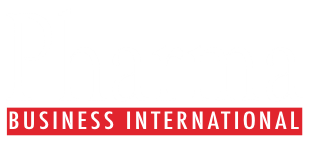Mallinckrodt and Endo have entered into a definitive agreement to combine in a $6.7 billion deal, after the companies emerged from bankruptcy in connection to liabilities over the opioid crisis in the US.
Under the terms of the agreement, Endo shareholders will receive a total of $80 million in cash and will own 49.9% of the combined company. Mallinckrodt shareholders will own 50.1% of the combined company.
Mallinckrodt will continue as the holding company for the combined business, and Endo will become a wholly-owned subsidiary of Mallinckrodt.
Mallinckrodt and Endo plan to combine their generic pharmaceuticals businesses and Endo’s sterile injectables business after the close of the transaction and separate that business from the combined company at a later date.
The combined company’s operating footprint will be primarily located in the US and supported by capabilities in Europe, India, Australia and Japan. The combined company will have 17 manufacturing facilities, 30 distribution centers and approximately 5,700 employees at closing. 2025 revenue is expected to be $3.6 billion.
“The combination of Mallinckrodt and Endo brings together two essential pharmaceuticals organizations to accelerate value creation for our shareholders, customers, employees, the patients we serve and our other stakeholders,” said Siggi Olafsson, President and Chief Executive Officer of Mallinckrodt.
“Our businesses are highly complementary, with durable, on-market products in our branded portfolios and extensive capabilities across the value chain in our generics businesses. This exciting combination will create a larger and more diversified entity with the scale and resources needed to unlock the full potential of both companies.”
“We believe this combination with Mallinckrodt, along with the subsequent separation of the combined sterile injectables and generics business, presents a unique opportunity to deliver significant shareholder value,” said Scott Hirsch, Interim CEO of Endo.
“The combined company will possess a branded business with the scale, cash flow and balance sheet strength to invest in both internal and external growth opportunities, including pursuing commercial-stage assets. Additionally, the stable and robust free cash flow generated by the combined sterile injectables and generics business should enable consistent capital returns to shareholders following its separation.”


